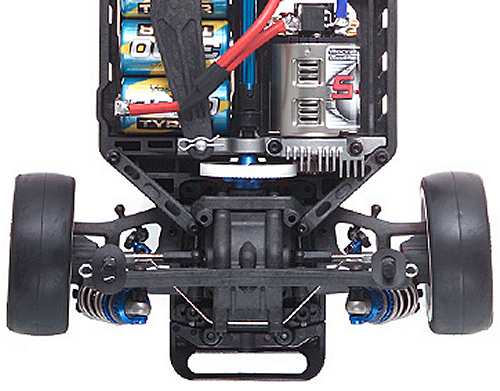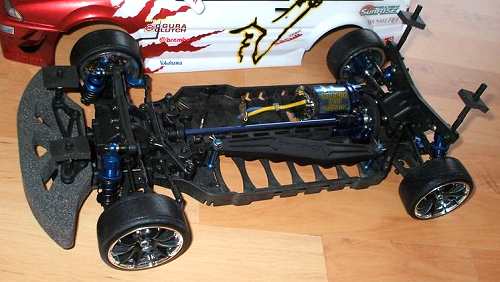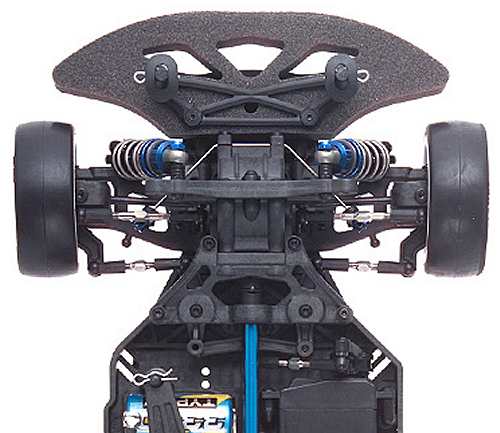

|
|
|


|
|
1/10 Scale Electric Rally/Touring Car:
Yokomo MR-4TC SD CGM - Radio Controlled ModelHistory and Info for the Yokomo MR-4TC SD CGM:
Introduced by Team Yokomo in 2004, the 4WD MR4-TC SD CGM Touring Car kit - MR4TCSD7 - replaced the old double deck design, with a new Carbon Graphite Molded chassis.
▼ Scroll Down for More Images ▼
|








|
|
|

★ Yokomo MR4TC SD CGM Chassis ★

★ Yokomo MR4TC SD CGM Chassis ★

★ Yokomo MR4TC SD CGM Chassis ★

|
Buying a Used Yokomo SD CGM
|
|
Manufacturers and Brands Catalogued, Listed and Reviewed by RC-Scrapyard.
At present, the RC Model Manufacturers, Brands and Distributors covered by us are: ABC Hobby, Academy, Acme Racing, Agama Racing, Amewi, Ansmann Racing, ARRMA, Team Associated, Atomic RC, Axial, AYK, Bolink, BSD Racing, Capricorn, Carisma, Carson, Caster Racing, Cen, Corally, Custom Works, Durango, Duratrax, ECX - Electrix, Exceed RC, FG Modellsport, FS-Racing, FTX, Fujimi, Gmade, GS-Racing, Harm, HBX, Helion, Heng Long, Himoto Racing, Hirobo, Hitari, Hobao, Hong-Nor, Hot Bodies, HPI, HSP, Intech, Integy, Jamara, JQ Products, Kawada, Kyosho, Losi, LRP, Maisto, Mardave, Marui, Maverick, MCD Racing, Megatech, Mugen, New Bright, Nichimo, Nikko, Nkok, Ofna, Pro-Pulse, Protech, PTI, RC4WD, Redcat Racing, RJ-Speed, Robitronic, Schumacher, Seben, Serpent, Smartech, Sportwerks, Step-Up, Tamiya, Team-C Racing, Team Magic, Thunder Tiger, Tomy, Top Racing, Traxxas, Trinity, Tyco, Vaterra RC, Venom, VRX Racing, WLToys, X-Factory, Xmods, Xpress, Xray, XTM, Yankee RC, Yokomo, ZD Racing and Zipzaps. |
|
Hints, Tips and Information
Bumpsteer
In plain language, Bumpsteer is exactly what it sounds like. If your car goes over a bump, it will affect the toe-in setting and can on some tracks make handling of the car in a straight line difficult. |
|
Hints, Tips and Information
Battery Connectors
Over the years I have been racing radio controlled model cars of all descriptions, I have tried a number of different connectors for my batteries.
|
|
RC Models:
|
Radio & Motors: |
Other
Accessories: |